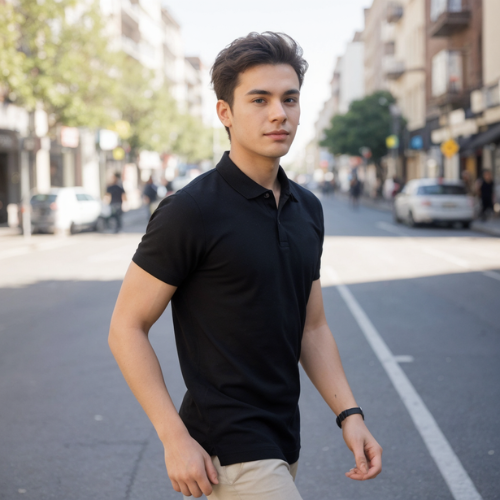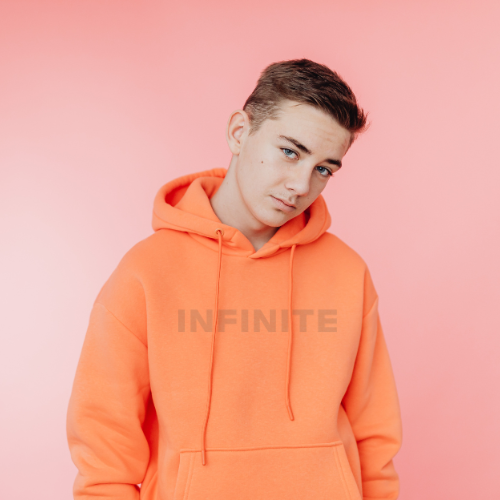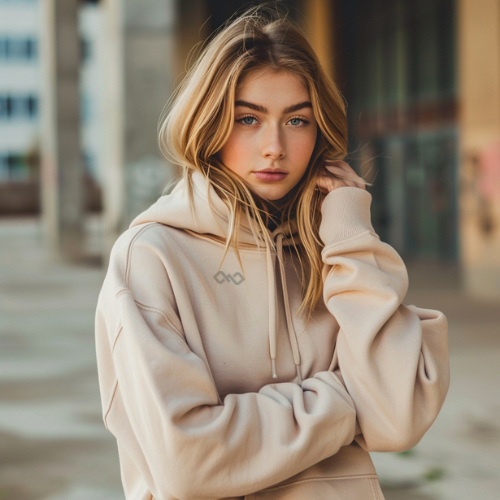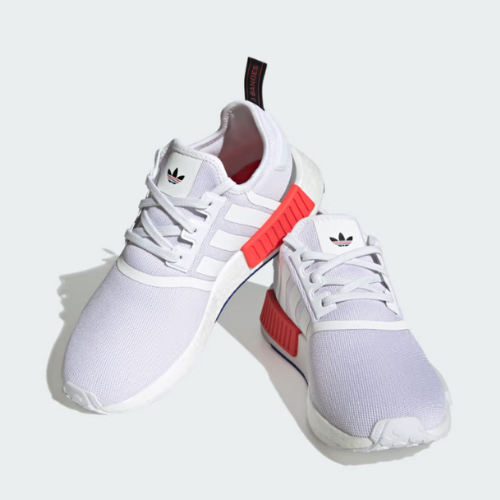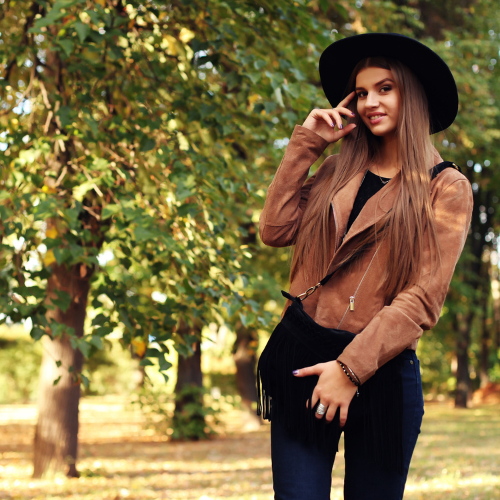
The Evolution of Women's Clothing
From the corsets of the Victorian era to the power suits of the 1980s, women's clothing has undergone a remarkable transformation over the centuries. This evolution is not just about fabrics and designs; it's a reflection of societal norms, cultural shifts, and the changing role of women in society. Let's embark on a journey through time, exploring the fascinating evolution of women's clothing.
Introduction to the Evolution of Women's Clothing
Fashion is more than just clothing; it's a mirror reflecting the socio-cultural and political changes of its time. For women, clothing has been a powerful tool, sometimes used to confine them, but also to liberate and empower them.
Traditional Women's Clothing: A Reflection of Society
Historically, women's clothing was heavily influenced by societal norms and cultural traditions. In many cultures, modesty was paramount, leading to designs that covered most of the body. For instance, the Victorian era was characterized by long dresses, high necklines, and corsets that restricted women's movements, reflecting the restrictive societal roles they were expected to play.
Winds of Change: The Feminist Movement and Its Impact on Fashion
The 20th century brought with it winds of change. As women began to challenge their roles in society, their clothing became a symbol of their rebellion. The flapper dresses of the 1920s, with their shorter lengths and looser fits, symbolized a departure from traditional norms. Icons like Coco Chanel introduced pants for women, challenging gender norms and setting new fashion standards.
The Twists and Turns of Dress Styles throughout the Decades
Each decade brought its unique style:
-
1950s: Post-war optimism brought full skirts and cinched waists, emphasizing femininity.
-
1960s: The hippie movement introduced flowy dresses, bell-bottoms, and vibrant patterns.
-
1970s: Disco influenced fashion with its sequined dresses and platform shoes.
-
1980s: Power dressing became the norm, with women donning power suits to make their mark in the corporate world.
-
1990s and 2000s: A mix of grunge, minimalism, and a revival of past trends.
Iconic Fashion Moments: Breaking Boundaries and Redefining Beauty Standards
Throughout history, certain moments have redefined women's fashion. For instance, when actress Katharine Hepburn wore trousers in the 1930s, it was a bold statement. Similarly, the introduction of the bikini in the 1940s challenged conventional notions of modesty.
The Power of Empowerment: Fashion as a Means of Self-Expression
Today, fashion is a powerful means of self-expression. Women use clothing to make statements, whether political, personal, or purely aesthetic. The rise of movements like body positivity has further pushed boundaries, challenging traditional beauty standards and promoting inclusivity.
Modern Trends: Sustainable Fashion and the Future of Women's Clothing
The 21st century has seen a shift towards sustainable fashion. As awareness about environmental issues grows, there's a push for ethical production practices, sustainable materials, and slow fashion. Brands are now being held accountable, and consumers are demanding transparency.
Conclusion
The journey of women's clothing from tradition to trendsetting is a testament to the resilience and adaptability of women. As society has evolved, so has women's fashion, reflecting the changing times and the ever-evolving role of women. As we look to the future, one thing is certain: women will continue to use fashion as a powerful tool for expression, empowerment, and change.
FAQs (Frequently Asked Questions):
Q: How did women's fashion change throughout history?
A: Women's fashion evolved from restrictive and modest designs to more liberating and expressive styles, reflecting societal changes and the empowerment of women.
Q: Who were the influential figures in shaping women's clothing trends?
A: Icons like Coco Chanel, Katharine Hepburn, and designers like Christian Dior have played significant roles in shaping women's fashion.
Q: What impact did historical events have on women's fashion choices?
A: Events like wars, economic depressions, and cultural movements have directly influenced fashion trends and choices.
Q: How does fashion reflect societal changes and cultural shifts?
A: Fashion mirrors societal norms, values, and changes. For instance, the feminist movement influenced more liberating clothing styles for women.
Q: What are some iconic fashion moments that redefined women's clothing?
A: The introduction of the bikini in the 1940s, the power suits of the 1980s, and the rise of sustainable fashion in the 21st century are some iconic moments.


